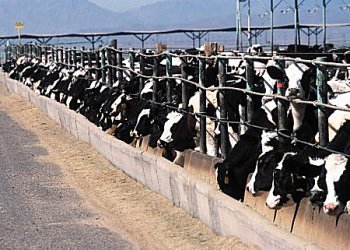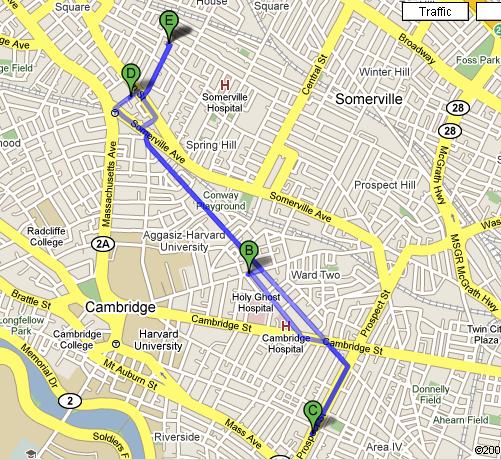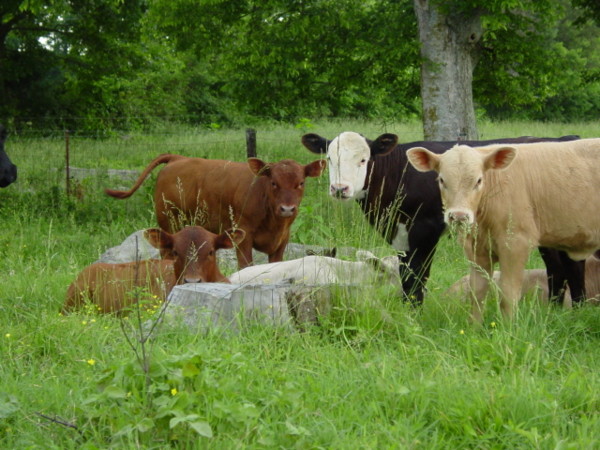 This past summer I got wind of an organization called All Day Buffet and an upcoming event they were hosting called The Feast. With names like that, I was immediately intrigued (after all, I do love food!). But when I read more about the event, I started to get really excited.
This past summer I got wind of an organization called All Day Buffet and an upcoming event they were hosting called The Feast. With names like that, I was immediately intrigued (after all, I do love food!). But when I read more about the event, I started to get really excited.
The Feast Conference gathers the world's greatest innovators from across industries and society to empower, inspire and engage each other in creating world-shaking change. A creative look at the world's toughest problems, The Feast Conference presents the most innovative solutions, insights, and best practices as a catalyst toward action.
Sounds like fun, right? Even more intriguing:
More than a conference, The Feast represents a bottom-up movement, so we're curating an audience as cross-disciplinary and diverse as our talks. But we're doing something a little different -- we ask those who can afford to pay higher prices to micro-sponsor The Feast, which allows us to offer $99 invitations to awe-inspiring vanguards whose brains get them where their wallets can't.
This paragraph really caught my attention. I’m a student, so I can’t really afford to attend lots of conferences. But $99? I could do that. So I sent off my mini-application, including information about my interests and my work with The Changebase, and waited for a response. Amazingly, I only waited about half an hour before I got an email saying, “You’re in!”
At the time, I didn’t realize what a true honor it was to be accepted to attend. Now that I've been, I understand just how lucky I was.
Without hesitation, The Feast was absolutely the best conference I have ever attended.
Of course, a statement like that begs the question, “Why?” Let me explain.
The Speakers: All Day Buffet did an incredible job creating a lineup of diverse experts from a wide spectrum of industries. In 8 hours, we heard from social entrepreneurs, designers, authors, musicians, executive directors, and even a professional poker player. What’s amazing was that even with such variety in speakers, the day definitely held some common themes. I thought I’d include some nuggets of wisdom passed down throughout the day:
Matthew Bishop, Chief Business Writer at The Economist, talked about the importance of the heart and the head coming together to create social change.
Bob McKinnon, Founder of YellowBrickRoad, told us that empathy is not just about understanding someone else’s suffering; it’s about creating solutions to overcome that suffering.
Uffe Elbaek, Founder of The KaosPilot, challenged us to not just be the best in the world, but the best for the world.
Annie Duke, Professional Poker Player, taught us about how to use “cooperative ultimatums” to win in poker and in life.
Kenna, a Musician, reminded us that we need to be clever, collaborative, and curious in order to find our spark and create change.
Jay Parkinson, Founder of Hello Health, showed us that there is potential for a new model of health care that relies on collaboration and communication between doctors and patients.
Joshua Viertel, President of Slow Food USA, encouraged us to eat food that has a story we’re proud to tell.
Ken Banks, Founder of Kiwanja.net and FrontlineSMS, proved that the possibilities are endless when you create a technology that’s adaptable and open for everyone to use.
Elizabeth Scharpf, Founder of Sustainable Health Enterprises, shared with us the potential to empower women in developing countries through market-based solutions.
Rod Arnold, COO, and Becky Straw, Director of Water Programs at charity:water, demonstrated that when business and nonprofits truly partner together, people on both sides of the money win.
William Drenttel, Partner at Winterhouse, explained that designers aren’t in the design business but the consequence business.
And certainly last but not least, Brian Bordainick, Founder of 9th Ward Field of Dreams, engaged all of us in a discussion of just how far an entrepreneur will go for a mission he believes in.
As you can see, it was an incredible day – one that certainly can’t be recreated in a single blog post. Luckily for you, All Day Buffet was live streaming during the event, so you can check out what each speaker had to say.
The Attendees: While the lineup of speakers was impressive, and their messages were certainly inspiring, what made this day invaluable were the people.
I have never attended an event where people were so singularly focused on connecting, engaging, and helping everyone they could. In one day, I met social entrepreneurs, artists, business owners, marketers, and nonprofit leaders. And after talking for a few moments, inevitably they asked, “What can I do to help you?” That may not seem impressive in a small crowd of dedicated social innovators - but this wasn't a small crowd. This was almost 400 people.
In fact, it turned out that a common theme, throughout all of the speakers and the conversations I had during breaks, was collaboration and community. At the end of the event, All Day Buffet’s Jerri Chou encouraged us to put out the energy of what you’re looking for, and let this amazing community support and help you.
For me, yesterday was a homecoming to a community that I knew existed but hadn’t been introduced to yet. I came home feeling renewed and energized and overwhelmed (in a good way) by the possibilities laid out before me: itching to get started yet sad to leave this incredible gathering of changemakers.
As if she read our minds, Cindy Gallop, Founder of If We Ran The World and our moderator for the day, challenged us to seize this excitement and inspiration and turn it into action. She called us a “crucible bubbling over with good intentions” and she warned us not to let this inspiration go to waste. Turn your good intentions into micro-actions of change, she said.
And, I’d add, don’t lose sight of the fact that you are part of a community that wants you to succeed. Because in our collective goal of long-term social change, when one of us wins, we all do.
To see some photos from the event, check this out.
To learn more and follow The Feast's speakers and their organizations:





